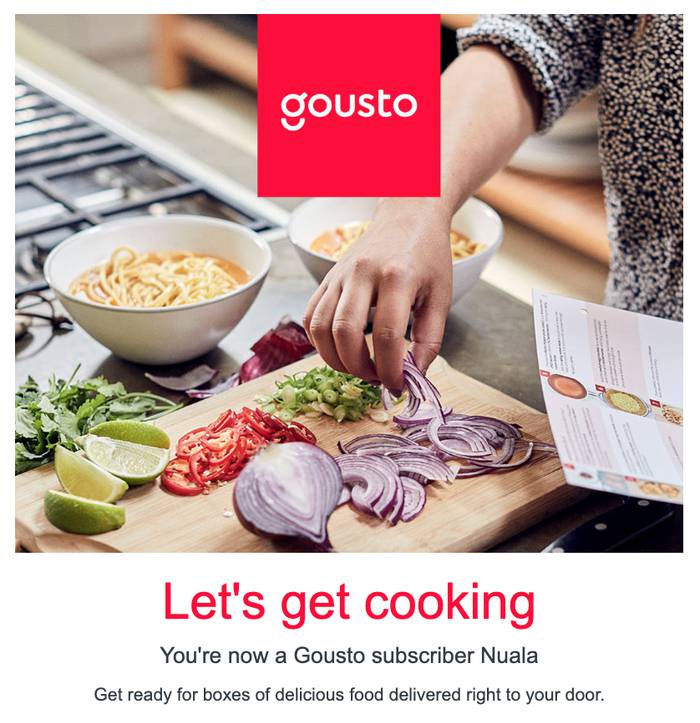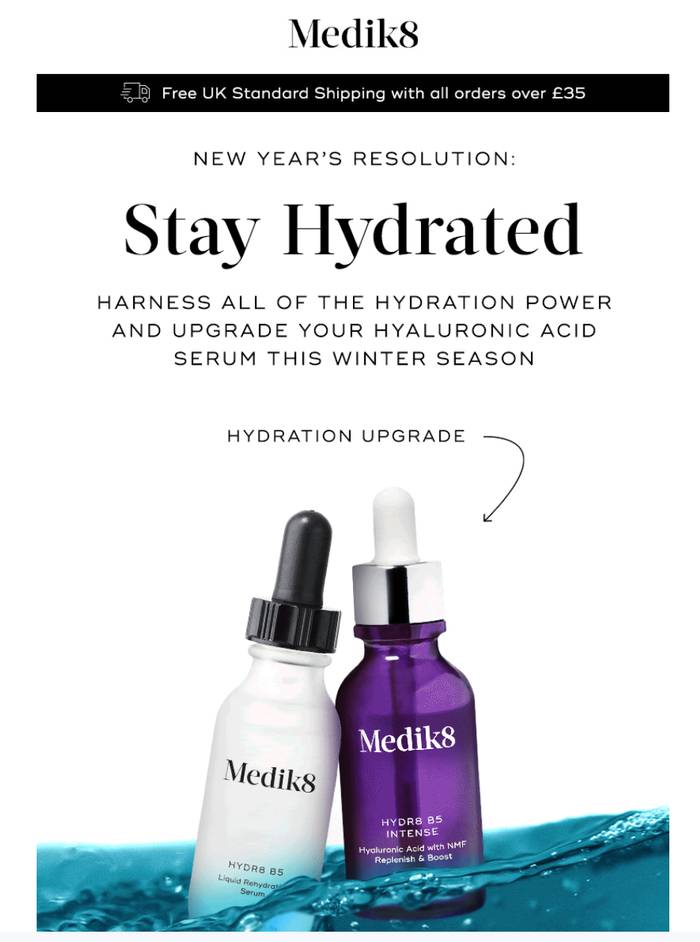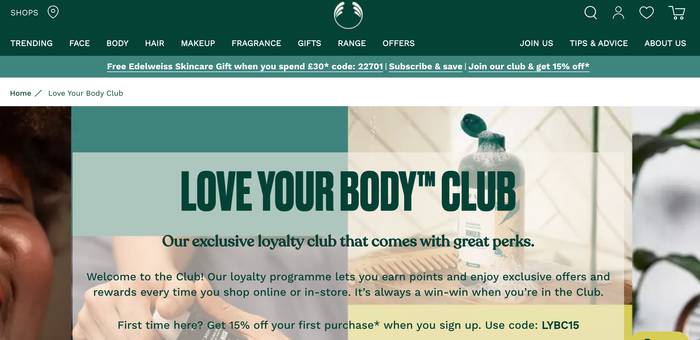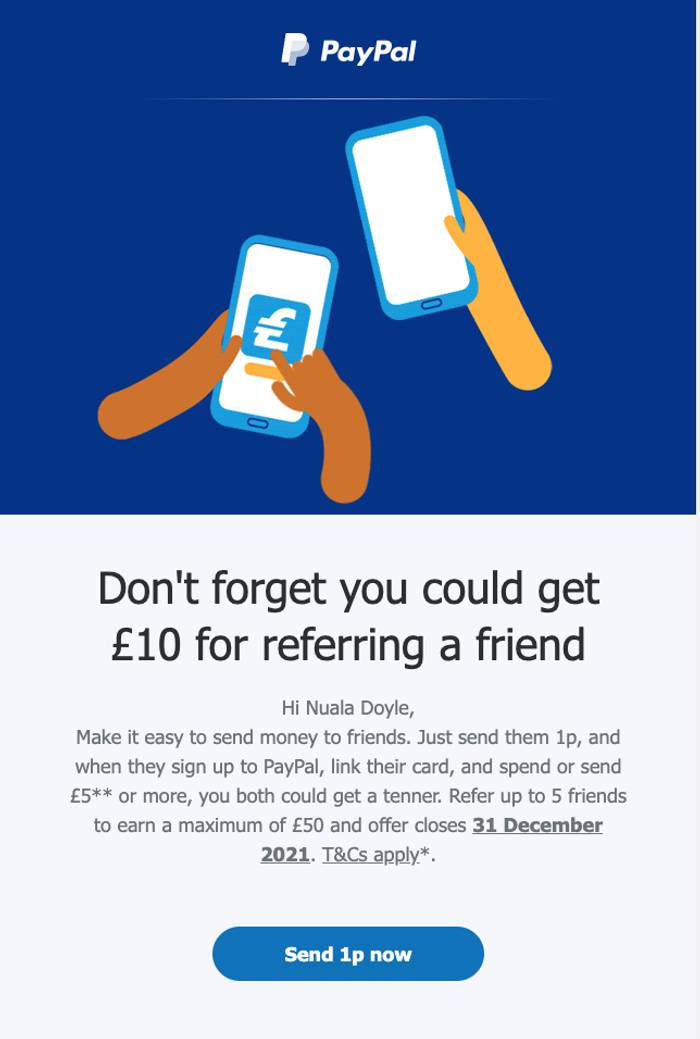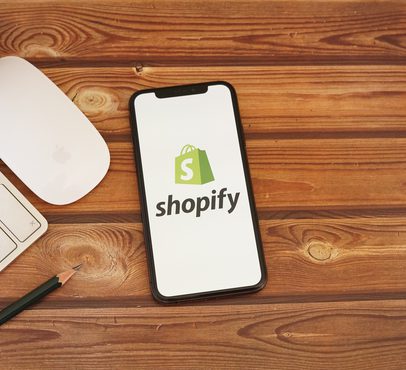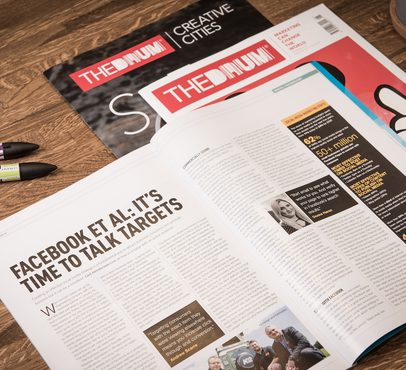By now I’m sure you have all heard and read plenty about the importance of collecting zero and first party data in today's world of ever-evolving privacy regulations within the digital space.
(Psst, if you haven’t, why not hop on over to Donna and Laura’s excellent blog about getting started with a zero and first party data strategy?)
When you embark on a strategy for cultivating this all-important data, your existing and previous customers are an absolute goldmine of relevant and priceless information.
With ongoing changes and updates to iOS tracking, cookies, campaign and audience targeting options across both Google Ads and Facebook – alongside increased paid competition across these platforms – acquiring new customers has never been so challenging.
The old five-times-more-expensive adage is not a hard-and-fast rule for every industry and business. But one thing is for sure - it’s becoming increasingly difficult (and more costly) to hone in on and attract new customers to your brand.
So, making the most of those you already have is key. Encouraging repeat purchases from your existing customers can be extremely cost effective and much, much easier.
But why is retaining existing customers simpler?
You don’t have to worry about introducing them to your brand as they already know who you are!
If you did a good job with their first purchase (i.e. delivery was on time and you haven’t received any complaints), it is likely that they would consider using your brand again.
If a previous customer has stuck around on your mailing list, chances are they are receptive to further communications, incentives and offers.
So, with them already bought into your brand, your products and what you stand for to some extent at least, what is the best way to nurture your customer base to encourage them to stick around? And, perhaps more importantly, how can you get them to return to the site to make that crucial second purchase?
How to improve your online customer retention rate
Ideally, your customer retention strategy should begin as soon as they first interact with your brand. Ensure a warm welcome and ongoing personalisation — ideally through automated email workflows — but don’t overcommunicate. To make your existing customers feel valued, you might also want to explore a points-based rewards system or referral scheme.
1. Welcome new customers to your community
Once a prospective customer has signed up to your email marketing list, make sure to roll out the red carpet and welcome them into the fray!
Creating an email welcome flow (a series of emails sent out in a particular order) is an excellent way to do this, allowing you to acknowledge their sign up, give them key information about your business, and set the tone for any future marketing.
Val Geisler created the wonderfully visual ‘Dinner Party Strategy’ as an analogy for the way in which your welcome flow should work. Our team of experts here at Extreme encourage you to read more about this, or listen to her episode of the ‘Keep Optimising’ Podcast to get all the golden nuggets of wisdom she shared.
To summarise, she recommends creating a welcome email flow which follows this rough template:
Email number one - The Welcome - use this to connect with your customer and focus on what matters to them.
Email number two - The Appetisers - exactly as it sounds! Give them a taste of your brand; who you are and what you stand for.
Email number three - The Main Course - it’s time to make your products shine!
Email number four - The Side Dish - highlight your products they may not have previously noticed or that your business may not be as well known for. Including user generated content can be a great way to do this, as it’s a great trust signal to see other customers enjoying your products!
Email number five - The Dessert (or pudding as we say up North!) - Give them a sweet treat or incentive, such as an exclusive discount code, early access or free postage.
This is a huge oversimplification of the process, but as a flow, it really works to get across the relevant information about your brand and make the prospective new customer feel special!
Rather than going straight in with an offer, it lays the groundwork for a strong relationship by first telling the customer your brand story and developing an emotional connection with the user that will, hopefully, last much longer than a one time discounted purchase.
2. Make customers feel valued using personalisation
This is where elements of personalisation can really come into the mix. Learn about your customers and what makes them tick, then use that information to make them feel special.
For example, find a way to collect your users’ birthdays and use an automated flow to send out a special birthday discount or freebie when that time of year rolls around! If you don’t have this information, or don’t feel comfortable asking for it, you could always celebrate the anniversary of them becoming a customer in the same way.
Another way to use personalisation to further build that relationship with your customer is to segment your audience, perhaps based on previous purchases. This way you can deliver emails which recommend similar or complementary products, rather than just bombarding your whole mailing list with emails about the same product which may not be of interest to a portion of them.
Let’s face it, if I have just purchased a fridge freezer from an electrical retailer, the last thing that is going to impress me is an email a couple of months later advertising a sale on fridge freezers! It’s unlikely I am going to want a second one (I don’t eat THAT much) and all that email will do is make me regret purchasing when I did, and there’s a risk I might unsubscribe out of sheer frustration!
However, now that you know I purchased a fridge recently, it’s clear I have my own kitchen and may be interested in updating some of my other appliances. ‘Ooh I’ve always wanted a coffee machine. Or, come to think of it, my microwave is a bit old!’
3. Don’t overwhelm customers with excessive comms
It’s true, there is a really fine line between keeping your customers in the loop and annoying the heck out of them by sending excessive emails.
We all have those brands that JUST WON’T LEAVE US ALONE, which only harms not helps the brand for a number of reasons. If you send out too many emails in quick succession, there is a high chance that you will drive your mailing list members away. In fact, research by Campaign Monitor showed that receiving too many emails was the number one reason why users unsubscribed from a mailing list!
Unfortunately, we can’t give you the definitive answer on how often to email your customers as success really does vary for each industry, business and audience. Frequency should be guided by a range of factors such as expected purchase frequency or a serialised content calendar. Our advice is to start small and scale up, sending no more than one a week. You could experiment with your email frequency and review how this affects metrics like the unsubscribe rate and engagement rates over a period of time. Then take the learnings and apply it to your future email marketing output.
Another option? Well, as Chris Tarrant used to say; ask the audience! When they first subscribe, why not ask them the kind of emails they want to receive, or even whether they are happy to hear from you often, sometimes or rarely? This takes away the guesswork and gives you another way to segment your audience.
We would also advise to be wary about only sending promotional emails. Sending offer after offer conditions your mailing list to wait to buy until there is a promotion on. This may work really well for you as a brand, it may be that you can afford to lose 10% profit, as it is still cheaper to convert an existing customer than a new one, it really is your call!
An alternative is to mix up the messaging:
Use your campaign emails to hook into seasonality, tailoring your email content or spotlighted products depending on the time of year.
Update your mailing list on exciting business updates (shout about that new influencer partnership or award win!)
Educate them with interesting or insightful blog articles.
All of this helps to break up the relentless offers, and continue amplifying your brand voice through regular comms, making more of an emotional connection that should hopefully stand the test of time.
4. Everyone loves a reward!
I don’t know about you, but I love being rewarded for doing everyday tasks. It’s the reason I always check Quidco before online shopping (other cashback services are available) and the reason why I did a little ‘Breakfast Club’ air punch when I heard the news that Asda had FINALLY introduced a points based scheme to reward grocery shoppers.
As a business, you’re grateful for every single person who has purchased from your website or signed up to your mailing list, so why not show them some love and reward their loyalty? A recent survey by Yotpo revealed that 56% of respondents said they would spend more on a brand who offered a loyalty program, even if cheaper brands existed.
So what options do you have for rewarding your loyal customers?
Point-based rewards schemes
Schemes include points based systems, in which users are awarded points for actions such as purchases, leaving reviews, or social media interactions. This can be a great way to start to grow your social media followers, which in turn will help you to more effectively target new customers through the use of lookalike audiences, and grow your brand’s trustworthiness by cultivating more reviews! Yotpo, which we have already mentioned, and LoyaltyLion are examples of loyalty programs that you can use on your website.
Referral schemes
Another way to reward your existing customers is through the use of a referral scheme, which provides incentives to customers who recommend your business to their friends or family. My colleagues are (probably) sick to death of me sending Gousto referral codes over on Slack.
But the reason I am doing this (aside from the fact that I genuinely do love Gousto!) is that as well as them getting a discount, I also get credit towards future boxes. Imagine my excitement when just this week, a friend of mine redeemed a Peloton referral code I had sent over to him. I have never purchased any Peloton apparel but you can bet I am going to with my recently acquired £100 worth of store credit!
According to a recent study, 92% of consumers trust recommendations from people they know. Moreover, 84% of consumers will take action based on recommendations. This makes referrals one of the most effective tactics for acquiring new customers, as well as being a great way to encourage your existing fans to both stick around, and shout about your brand!
Ultimately, your existing customers and mailing list subscribers have never been more valuable. They hold the key to effective paid media audience creation, they can grow your business through repeat purchase and referrals, and they can lend your brand credibility and trustworthiness by leaving glowing reviews.
Our main piece of advice? Don’t take them for granted! Like all good relationships, you need to put the effort in if it’s to stand the test of time.
Need a hand with nurturing your existing customers? Speak to a member of our team to discover how we can help you cultivate a strategy for customer retention.
Fancy a good ol' chat about the values of marketing to your business?
Drop Us a LinePost by

Lucie is our lead on all paid media activity, overseeing our talented paid media team and managing the strategy and implementation of all paid search campaigns across multiple platforms. Fully Google qualified and working directly at Google prior to joining Extreme, there's not much Lucie doesn't know about PPC!
Project

